| Structure | Name/CAS No. | Articles |
|---|---|---|
 |
Chloroform
CAS:67-66-3 |
|
 |
Sodium hydroxide
CAS:1310-73-2 |
|
 |
Ethanol
CAS:64-17-5 |
|
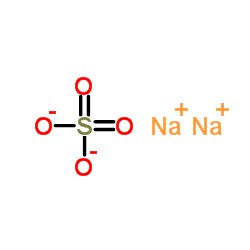 |
sodium sulfate
CAS:7757-82-6 |
|
 |
Nonanoic acid
CAS:112-05-0 |
|
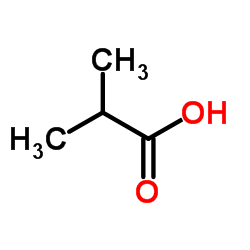 |
Isobutyric acid
CAS:79-31-2 |
|
 |
3-Ethyl-2,4-pentanedione
CAS:1540-34-7 |
|
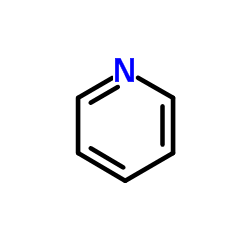 |
Pyridine
CAS:110-86-1 |
|
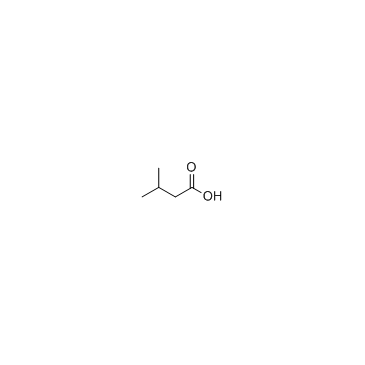 |
3-Methylbutanoic acid
CAS:503-74-2 |
|
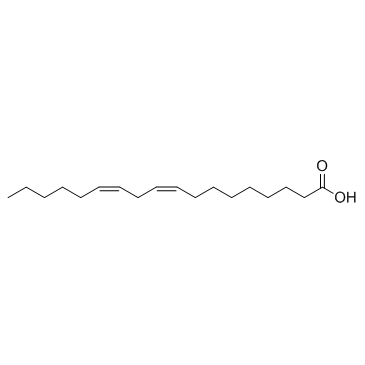 |
Linoleic acid
CAS:60-33-3 |